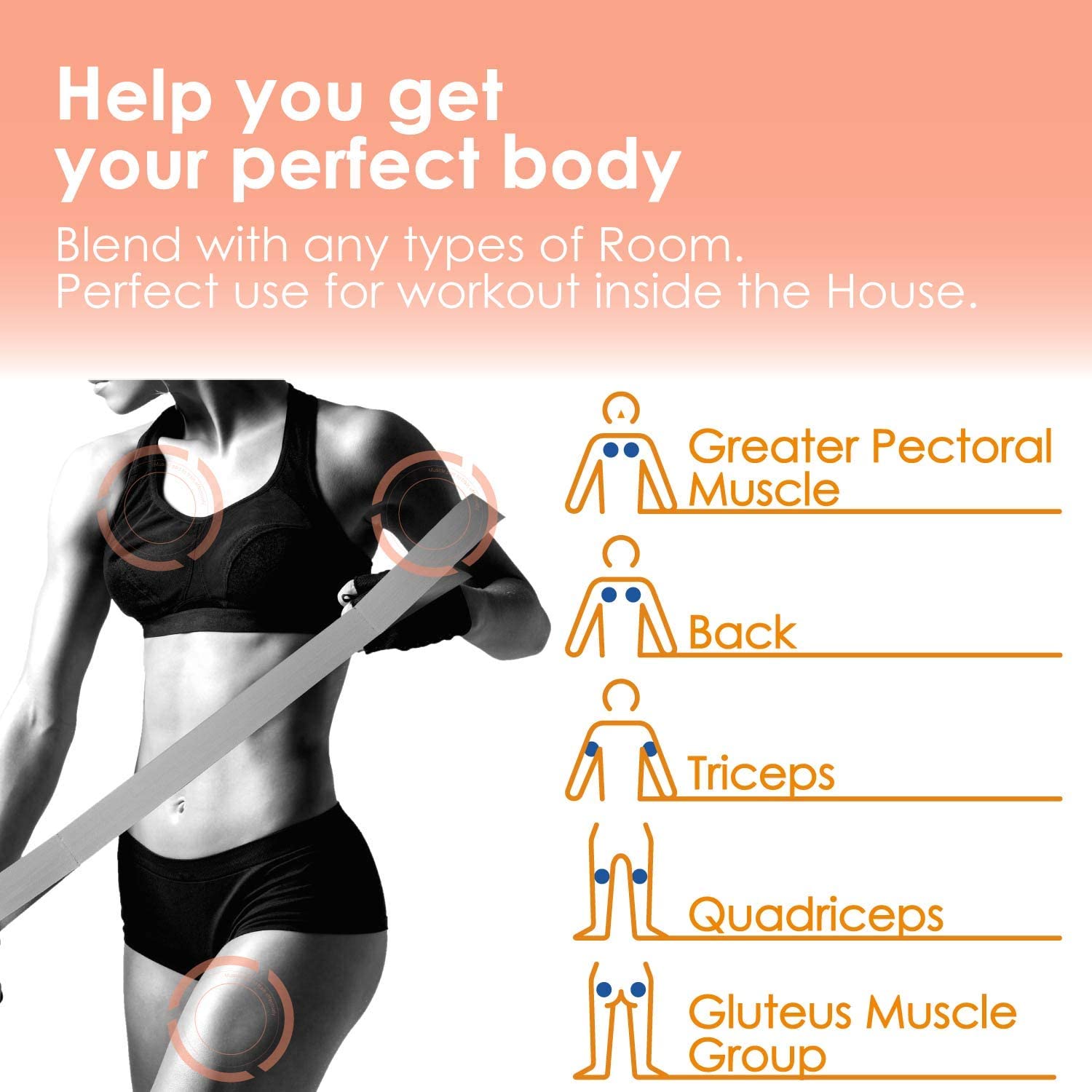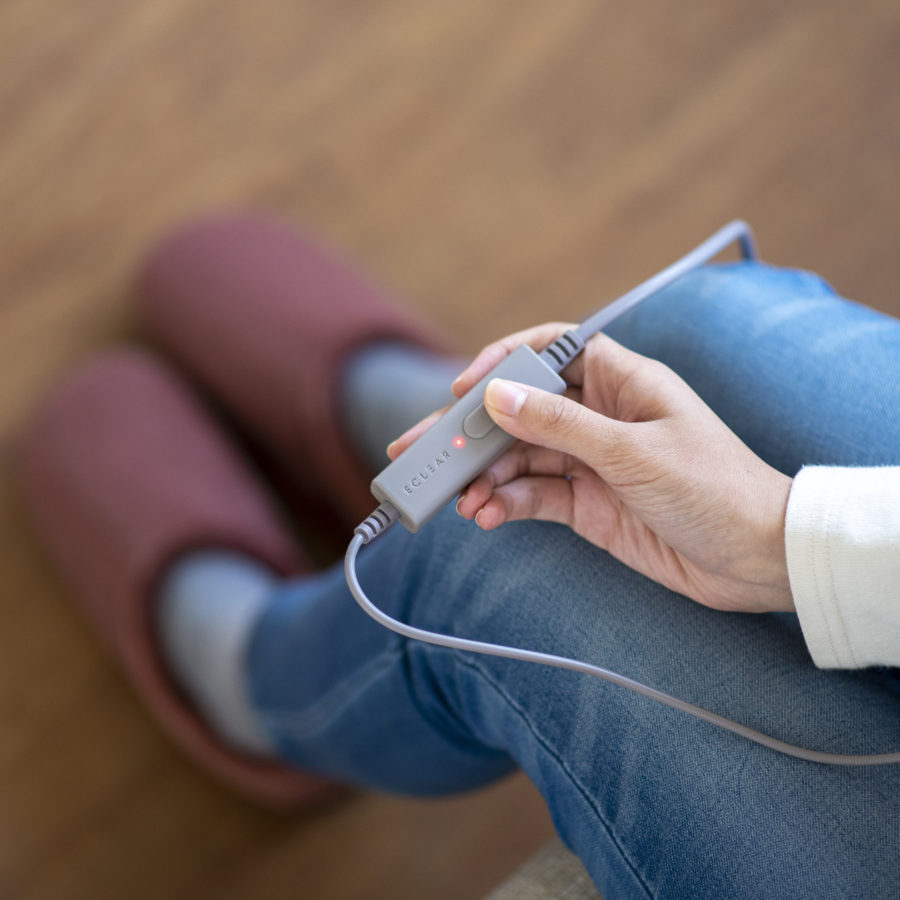

The little work done so far on the use of this technique as a predictor of breast cancer size when compared with the excised specimen suggests that freehand elasticity may give a more accurate pre-operative assessment than B-mode imaging. An imaging classification and system of semi-quantification has been proposed and progress has been made in the classification of masses demonstrated on ultrasound into those with benign and those with malignant features, particularly Breast Imaging Reporting and Data System (BI-RADS) 3 lesions, by assessing the pattern of strain within lesions and their relative sizes on B-mode and elasticity images.

Neither freehand nor fully automated systems can accommodate these improvements while remaining sufficiently flexible for breast assessment.Ĭonventional freehand elasticity studies of breast cancer have largely focused on its ability to detect and classify lesions. Improved control increases repeatability. It shows improvement over freehand elasticity image acquisitions by increasing motion constraint, which translates directly into improved image quality. During the last 5 years we have developed an elasticity scanning system called assisted-freehand ultrasound (AFUSON) elasticity imaging as a method of reducing this variability by applying semi-automated, measurable external compression during an ultrasound scan. These systems rely on freehand ultrasound scanning for its flexibility and simplicity but like all freehand systems there is significant inter- and intra-observer error. It is now found on several currently commercially available ultrasound systems. Ultrasound elasticity imaging of soft tissues has been developed over the last 20 years and is under evaluation as an additional tool in the ultrasound armamentarium to supplement the diagnostic information obtained during conventional B-mode scanning. Such developments are taking place notably in ultrasound, CT, MRI and positron emission tomography (PET). Current trends in cancer imaging are aimed towards technological development of non-invasive techniques that provide high diagnostic sensitivity and specificity and also prognostic information about the primary tumour upon which to base treatment regimens.

Currently, the lifetime risk of developing breast cancer for UK women is 1:9, and on average 126 new cases are diagnosed each day.


 0 kommentar(er)
0 kommentar(er)
